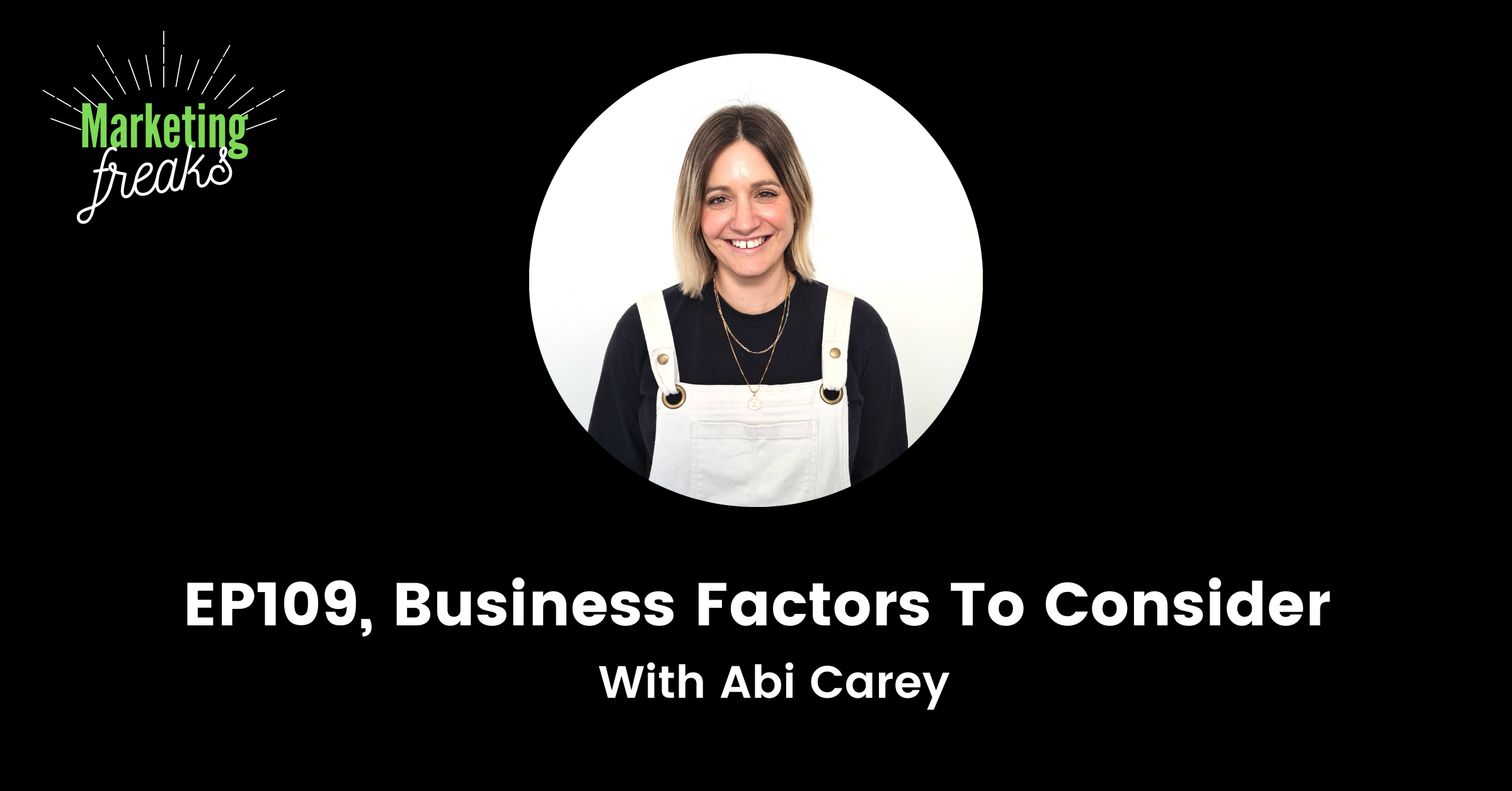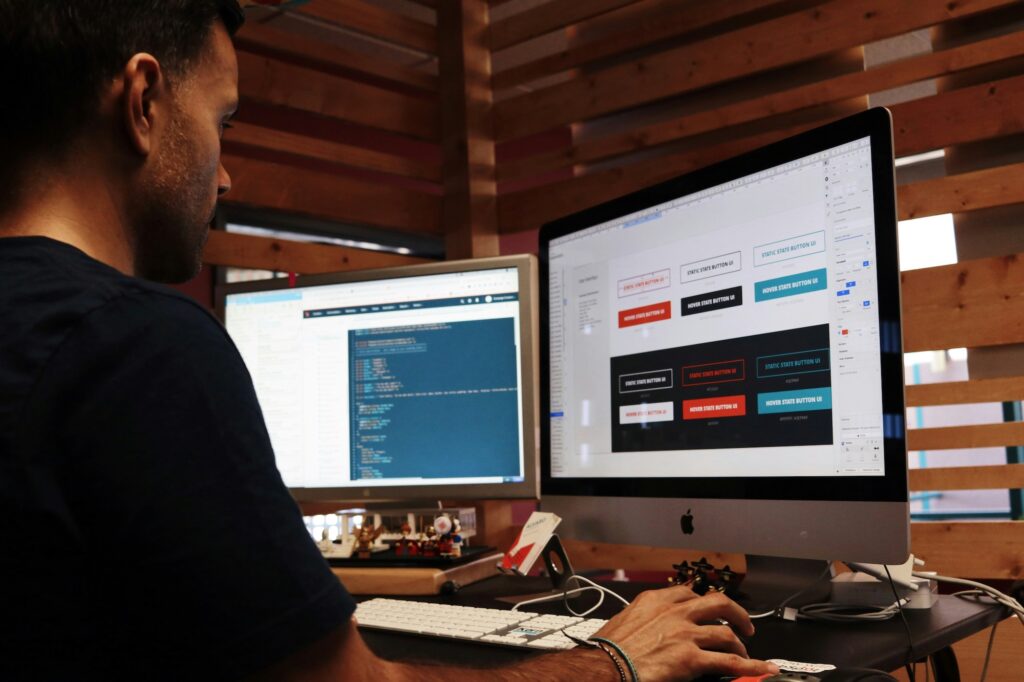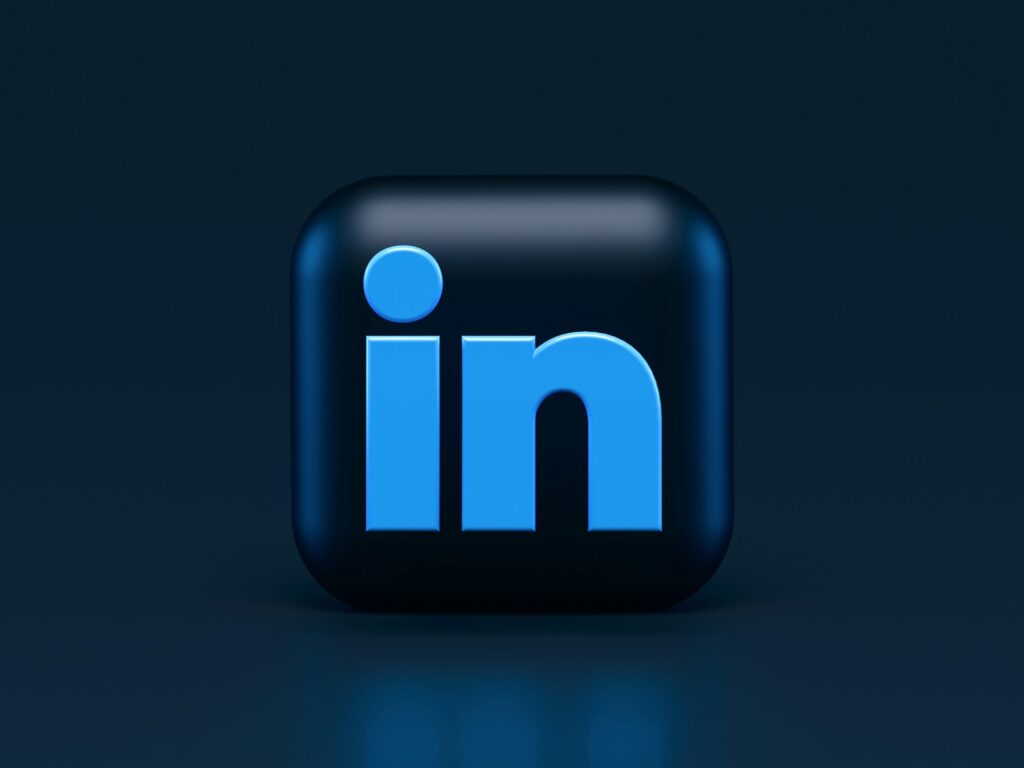Welcome back to the Marketing Freaks podcast! In this week’s episode, Jon is joined by our Head of Paid Social Abi Carey to talk through what business factors you should be taking into consideration in paid advertising.
In the ever-evolving realm of digital marketing, paid media campaigns have emerged as a game-changer for businesses seeking to expand their reach and drive tangible results. However, achieving success in this space requires a keen understanding of various business factors that can influence your outcomes.
Subscribe links:

In order to fuel growth and maximise your returns, you should ensure that you strike a clear balance between profitability and growth by carefully evaluating your margins and finances whether that’s for your business or for a client.
To truly excel in your marketing efforts, it’s also vital to grasp the pulse of your business and understand its unique needs. Imagine this: you’re on a mission to conquer a weekly lead target, but not just any leads – they must be high-quality gems.
Now, picture this: you invest your hard-earned budget in a strategy that maximises lead quantity, only to find out that the leads generated are poor, leaving your sales team twiddling their thumbs. It’s not just money wasted, but also precious time.
In a world where every marketing penny counts, aligning your campaigns with your business goals is the secret sauce for success. So the key things to remember are to stay agile, adapt to emerging trends, and continuously refine your strategies to seize new opportunities.
If you want to find out more on what business factors your business should be considering, take a listen to this week’s episode!
We hope you find this one useful!
Enjoy!



